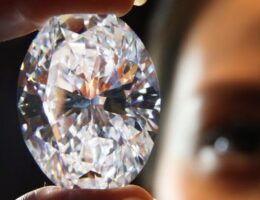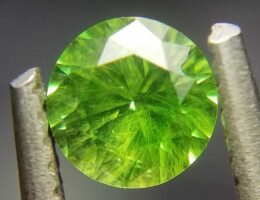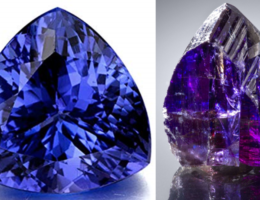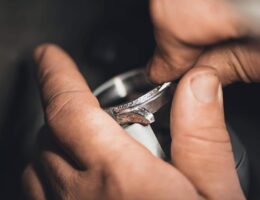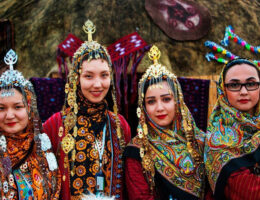IRAN ART EXHIBITION: PERSIAN JEWELRY DATES BACK TO 5 THOUSAND YEARS AGO
Did you know that the world’s oldest pearl necklace belonged to a Persian princess? This antique piece of jewelry is now to be found in the Louvre Museums. This necklace and similar charms point to the ancient history of jewelry in Iran (formerly called Persia). Stay with us to know more about Persian jewelry, its history, designs, and motifs.
Where does the History of Iranian Jewelry Start?
The oldest pieces of Jewelry that the archaeologists have found in sites inside Iran date back to at least 5 thousand years ago, that is, 3rd millennium BC. Fortunately, since many Persians (most especially the royal families who wore lots of charms and ornaments) were buried along with their jewelry, many of these items have been discovered in one piece. It is believed that “Shahre Sukhte” (The Burnt City) is where the earliest Persian jewelry was found.
Is It Always Been About Precious Gems?
Believe it or not, today’s YouTube influencers are not the only people who can think of easy DIY bracelets or necklaces! From times gone by, as it is exhibited in Iranian museums, basically any item could be used as a charming treasure! From sun-dried nuts to colorful stones or minerals and, as you might have guessed, seashells, many ordinary Knick-knacks were used for making trinkets.
Later, the use of gems like rubies, turquoise, and metals such as copper became more prevalent. Not only earrings, necklaces, chokers, rings, and bracelets, but also belts, helmets, veils, and shawls were now encrusted with gems.
Sassanid Age: The Golden Times
IRAN ART EXHIBITION: While it is true that in the Achaemenid era, the greatest Persian civilizations and empire, various kinds of ornaments and gems were fashioned; it was not until the age of Sassanid kings that this industry flourished. The artists learned new techniques, and the designs and patterns grew to be more intricate.
This is when gold started to become a prestigious asset for the nobility. It was no longer solely used for coins; therefore, not only pieces of jewelry but also many household items were now fashioned with gold.
From Mythology to Religion
Pre-Islamic designs mostly involved the depiction of mythological or epic creatures. A characteristic case in point is the open-ended bracelet with Homa bird heads at each end. Homa or Huma is a huge legendary bird and the symbol of happiness and serendipity among Persian people. Others included lions, Roc (eagle-like bird), snakes, and dragons.
The Islamic movement introduced a paradigm shift in Iranian art. Most jewelry was now inscribed with holy phrases, the names of Islamic leaders, and of course verses from the Quran, the sacred text of Islam. Another significant change was that Islamic geometric patterns were now also used by Persian craft workers.
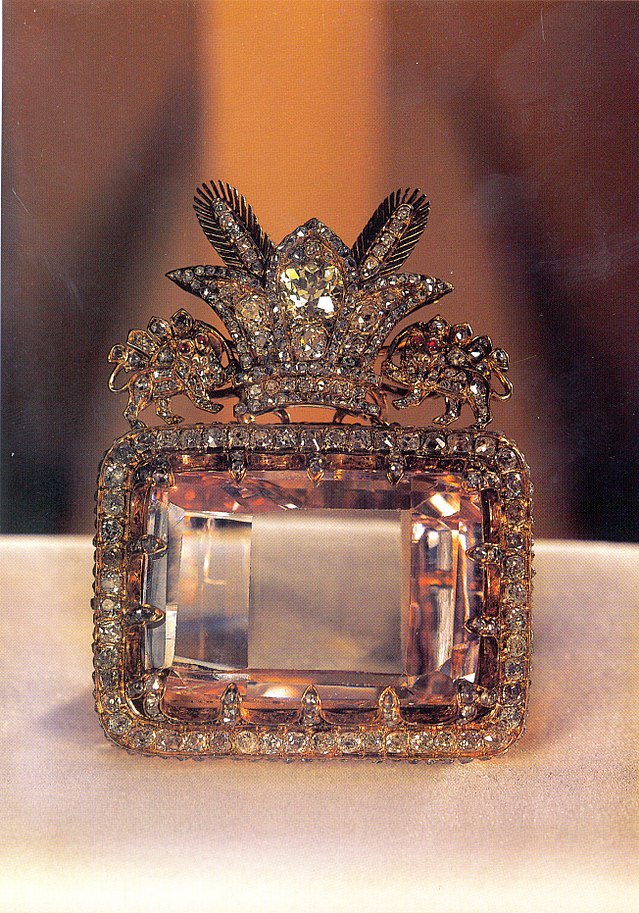
Qajar Dynasty Jewelry
Qajar kings were all into glamorous and gaudy jewelry. After such kings, both men and women wore stylish accessories, a trend that is conspicuous in the paintings of the era. In actual fact, the craftsmanship of the jewelers and artisans of the royal court had become so sophisticated that they made a considerable impact on how jewelry was viewed throughout the world. The crown that was used to be put on the head of a newly coronated king was adorned with thousands of priceless gems like rubies, emeralds, and of course diamonds. Known as the Kiani Crown, this ultimate example of Persian jewelry is now at the Treasury of National Jewels.
Persian Jewelry Nowadays
IRAN ART EXHIBITION: Today, many Iranian artists are trying to establish a link between today’s modern trends and their country’s historical roots. Despite the huge transformation of this area of fashion throughout the years, many elements are still considered beautiful and elegant. This negotiating between tradition and modernity sometimes leads to resurfacing of old motifs, ideas, or patterns in a new medium or from an alternative perspective. One illustrating example is the way designers use the pattern of beautiful blue tiles of the Safavid era in their jewelry designs; that is to say, the exquisiteness of this Persian art has been shifted from monuments and mosques to earrings and necklaces. Or, as you might have seen, Persian calligraphy and stylish tilework have established themselves as ever-present images in Persian jewelry.

